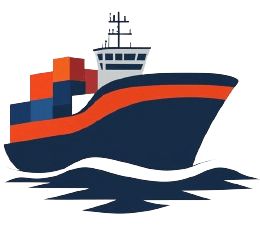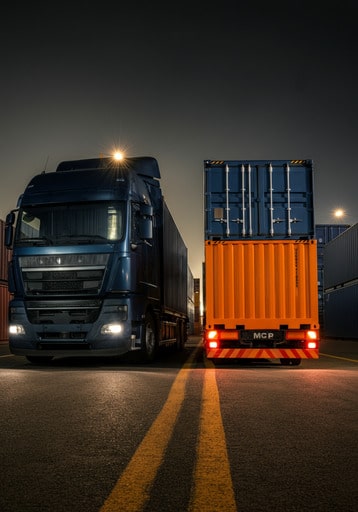Advanced Cargo Container Design vs. Standard Container Design
| Criteria | Advanced Cargo Container Design | Standard Container Design |
|---|---|---|
| Definition | Incorporates innovative materials, smart technology, and enhanced structural features. | Traditional container design using conventional materials and basic structure. |
| Materials Used | High-strength composites, corrosion-resistant alloys, smart materials. | Steel or aluminum, subject to standard corrosion treatments. |
| Structural Integrity | Superior strength-to-weight ratio, enhanced load-bearing capacity. | Standard strength and load-bearing capacity suited for typical cargo. |
| Weight | Lighter due to advanced materials, reducing transportation costs. | Heavier, leading to higher fuel consumption and transportation costs. |
| Durability | Highly durable with enhanced resistance to environmental factors and wear. | Moderately durable, requiring more frequent maintenance and repair. |
| Smart Features | Equipped with IoT sensors for real-time tracking, temperature control, and security monitoring. | Lacks integrated smart features; relies on external devices for monitoring. |
| Cost Implications | Higher initial cost due to advanced technology and materials but lower lifecycle costs. | Lower initial cost but higher lifecycle costs due to maintenance and inefficiencies. |
| Energy Efficiency | Improved energy efficiency through better insulation and reduced weight. | Standard insulation and weight, leading to higher energy consumption. |
| Environmental Impact | Reduced environmental footprint due to lower emissions and sustainable materials. | Higher environmental impact due to traditional materials and greater emissions. |
| Customization | Highly customizable to specific cargo requirements (e.g., perishables, electronics). | Limited customization options, primarily standardized designs. |
| Compliance with Regulations | Meets or exceeds latest international shipping regulations and standards. | Complies with basic international shipping standards and regulations. |
| Maintenance Requirements | Minimal maintenance required due to advanced materials and design. | Higher maintenance requirements due to wear and environmental exposure. |
| Lifecycle | Extended lifecycle with advanced materials and smart technology. | Standard lifecycle, often shorter due to material degradation. |
| Scalability | Scalable with modular designs and adaptable features for various cargo types. | Limited scalability; fixed design for general cargo. |
| Operational Flexibility | High operational flexibility with features like adjustable compartments and integrated sensors. | Lower operational flexibility; fixed compartments and no integrated sensors. |
| Security Features | Advanced security features including tamper-proof locks, real-time tracking, and automatic alerts. | Basic security features; relies on external locks and manual checks. |
| Thermal Regulation | Advanced thermal regulation systems for maintaining optimal cargo conditions. | Basic thermal regulation, often requiring additional equipment for sensitive cargo. |
| User Expertise Required | Requires technical expertise for optimal use and maintenance of smart features. | Minimal expertise required; straightforward use and maintenance. |
| Implementation Complexity | Higher complexity in initial setup but streamlined operations thereafter. | Lower complexity in setup and operation but less efficient overall. |
| Intermodal Compatibility | Designed for seamless intermodal transfers with advanced handling features. | Standard compatibility with intermodal transport systems. |
| Market Adoption | Increasing adoption in high-value and sensitive cargo sectors. | Widely adopted across various sectors for general cargo. |
| Resilience | High resilience to shocks, vibrations, and extreme conditions. | Standard resilience, suitable for average transport conditions. |
| Cost of Ownership | Lower total cost of ownership due to reduced maintenance and longer lifecycle. | Higher total cost of ownership due to frequent repairs and shorter lifecycle. |
| Innovation Level | Represents the cutting-edge in cargo container technology and design. | Traditional design with minimal innovation over decades. |
Advanced Cargo Container Design offers superior strength, durability, and smart features, reducing long-term costs and environmental impact, whereas Standard Container Design is cost-effective initially but incurs higher long-term costs.


